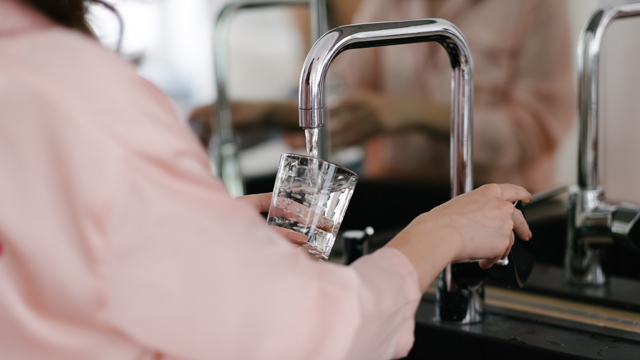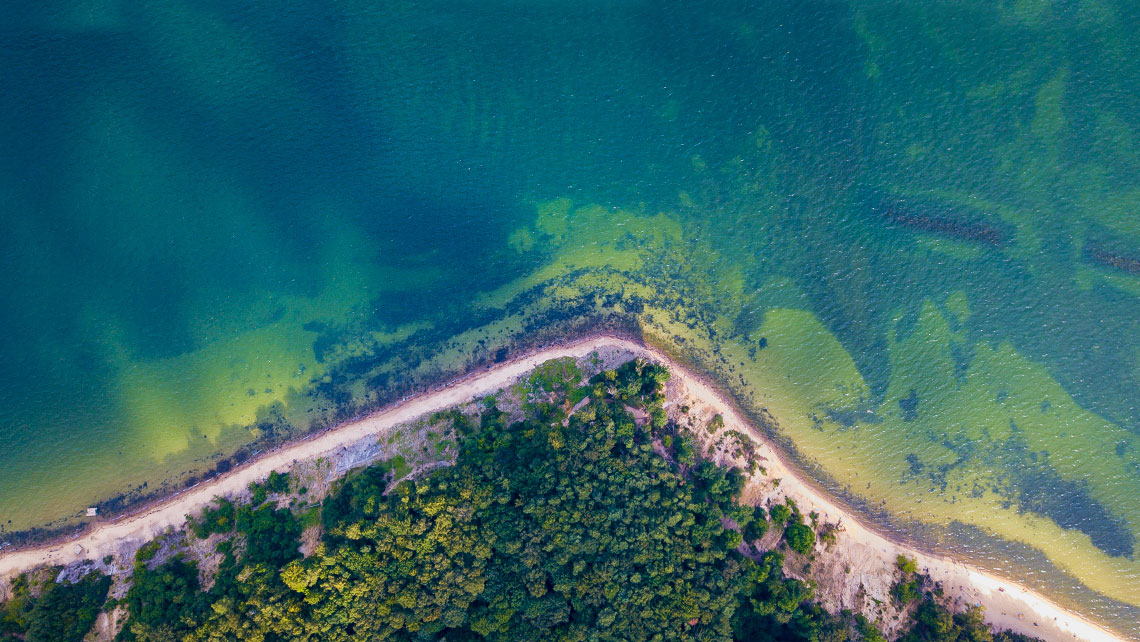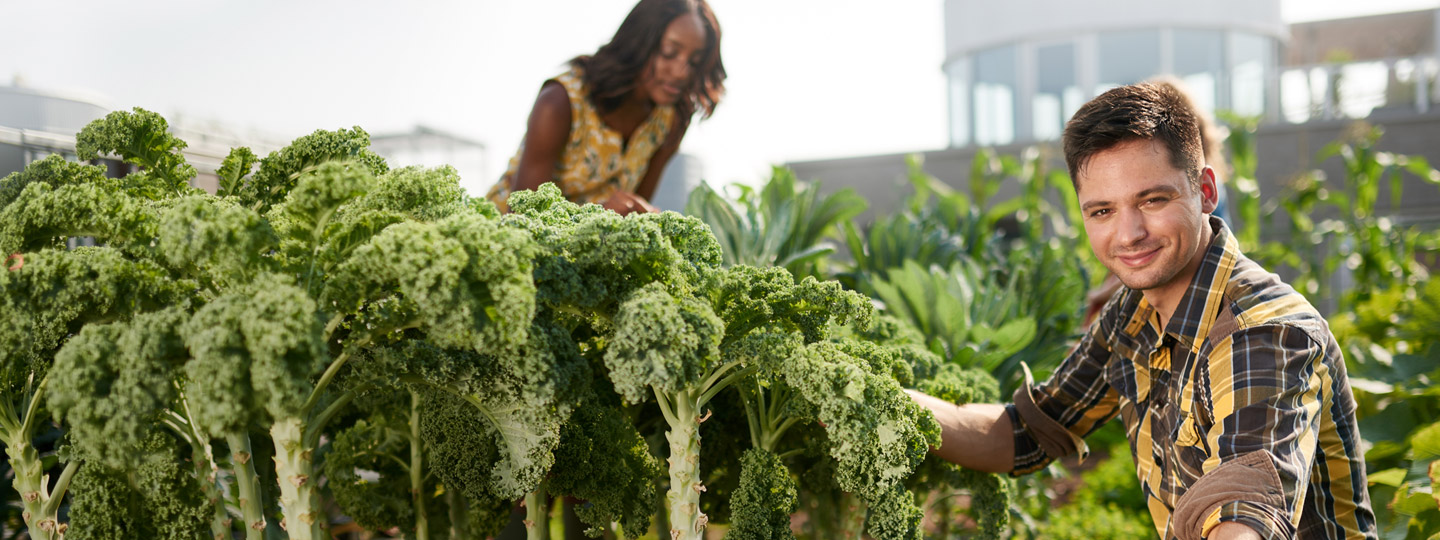
Innovation drivers
A total of
new product and concept launches in 2024
A total of
of our research is in renewable solutions
Chemistry for sustainability
In alignment with our company strategy and the United Nations Sustainable Development Goals, our researchers are focusing on innovations that accelerate decarbonization, enable circularity, and ensure clean water to ensure the prosperity of people and the planet.
Accelerating decarbonization
At Kemira, our innovation experts are committed to helping our customers in the pulp & paper, water treatment, and energy industries decarbonize. Our focus is on developing bio-based chemistries or fully biodegradable and recyclable solutions.
But developing unique solutions often takes time. That’s why we are also creating mass balanced products. Mass balanced means that a certain proportion of fossil-based raw materials are replaced by a renewable material alternative. It’s a faster way to scale up low-carbon solutions as we develop next generation, fully bio-based chemistries.
Making sugar-based biopolymers with IFF
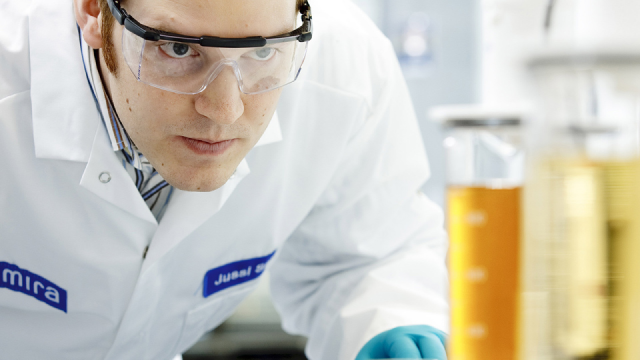
Enabling circularity
For years, our company has recycled materials and now we are creating new solutions that help customers increase their circularity by improving resource management, energy efficiency and the recyclability of their products. For example, we’re part of a European consortium innovating new phosphorous recovery technology that extracts this valuable mineral from wastewater so it can be reused as a safe, effective fertilizer. Kemira also continues to pioneer technologies for biogas production from wastewater sludge, creating a non-fossil energy source that can help power local communities.
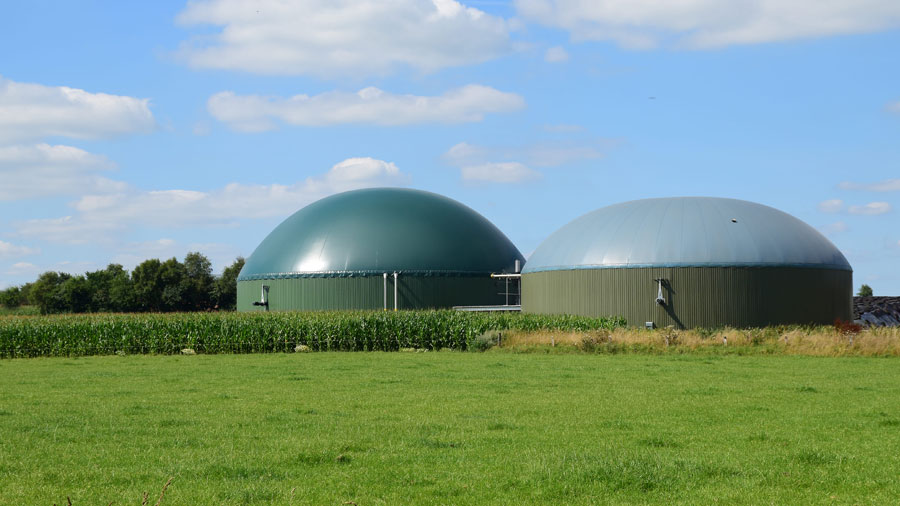
Clean water
At Kemira, we believe that a world with enough safe water for everyone is possible. But it remains one of our society’s greatest challenges, especially in the face of climate change, a growing global population, and emerging contaminants, e.g. like microplastics. That’s why we continue to develop new concepts for all parts of the water treatment cycle, enabling customers like municipal utilities to improve their capacity, sustainability and resilience.
